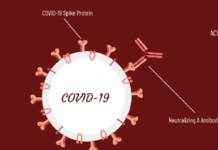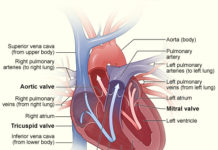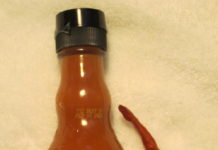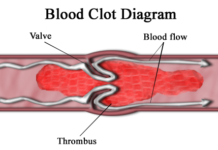If you take too much acetaminophen, a headache may lead to more than a pain in your head, according to leading experts in the field of liver health. In fact, too much Tylenol is the leading cause of acute hepatic failure in the United States today, according to University of Washington, Seattle researchers among others.
HepaLife, a small biotech company based in Boston, is engaged in what it describes as a “tenacious drive” towards a solution for various degrees of liver failure, despite numerous ups and downs in the marketplace where skepticism for its HepaMate cell-based bio-artificial liver system remains apparent in the company’s depressed stock price. Over the last 10 years, the shares rose to nearly $4 in 2003 and nearly $6 in 2004, but since then the price has declined all the way to just $.12.
The science behind HepaLife’s decade-long struggle for a breakthrough in dealing with extreme liver disease trumps the company’s falling stock price, if Philip Rosenthal, M.D., a highly regarded hepatologist and researcher at the University of California’s Children’s Hospital, is correct.
“I treated 15 acute liver failure patients with the technology in the previous clinical trial,” Rosenthal asserted last year, indicating that his results were good. He also claimed that some patients recovered without the need for transplantation.
In the United States there are 500,000 patients hospitalized yearly due to acute liver disease, as reflected in the data published by the World Health Organization (WHO) in 2007. As many as 68% of those recover from their disease without a liver transplant, according to a research study reported in the Annals of Internal Medicine. About 17,000 are waiting for liver transplants, but approximately 80,000 of the rest die . At the same time, fulminant hepatic failure, resulting from ingestion of chemicals and requiring immediate treatment, has a mortality rate of 60–90%, based on the WHO numbers.
Now that the federal government no longer opposes stem cell research, especially for otherwise terminal diseases, important doors are being opened. In the HepaLife case, doctors are combining the use of stem cells from pigs with biotechnological equipment in order to cleanse the blood and give the liver a chance to heal. Even if the healing does not progress satisfactorily, the additional time may keep the patient alive long enough for a liver transplant.
“It’s a bridge to a transplant,” explained Rosenthal.
“Most patients with advanced or end stage liver disease are in need of a liver transplant,” according to a 2009 publication from Global Data, a leading provider of business intelligence related to the biotech industry. They have reported, “With the number of available liver donors decreasing…there is an unmet clinical need for a therapy that delays or eliminates the need for a transplant.”
Global Data estimates that treating acute liver failure could result in a $1.5 billion industry and they suggest that HepaLife will be one of the leading companies in that industry.














This is a great article. I love it!